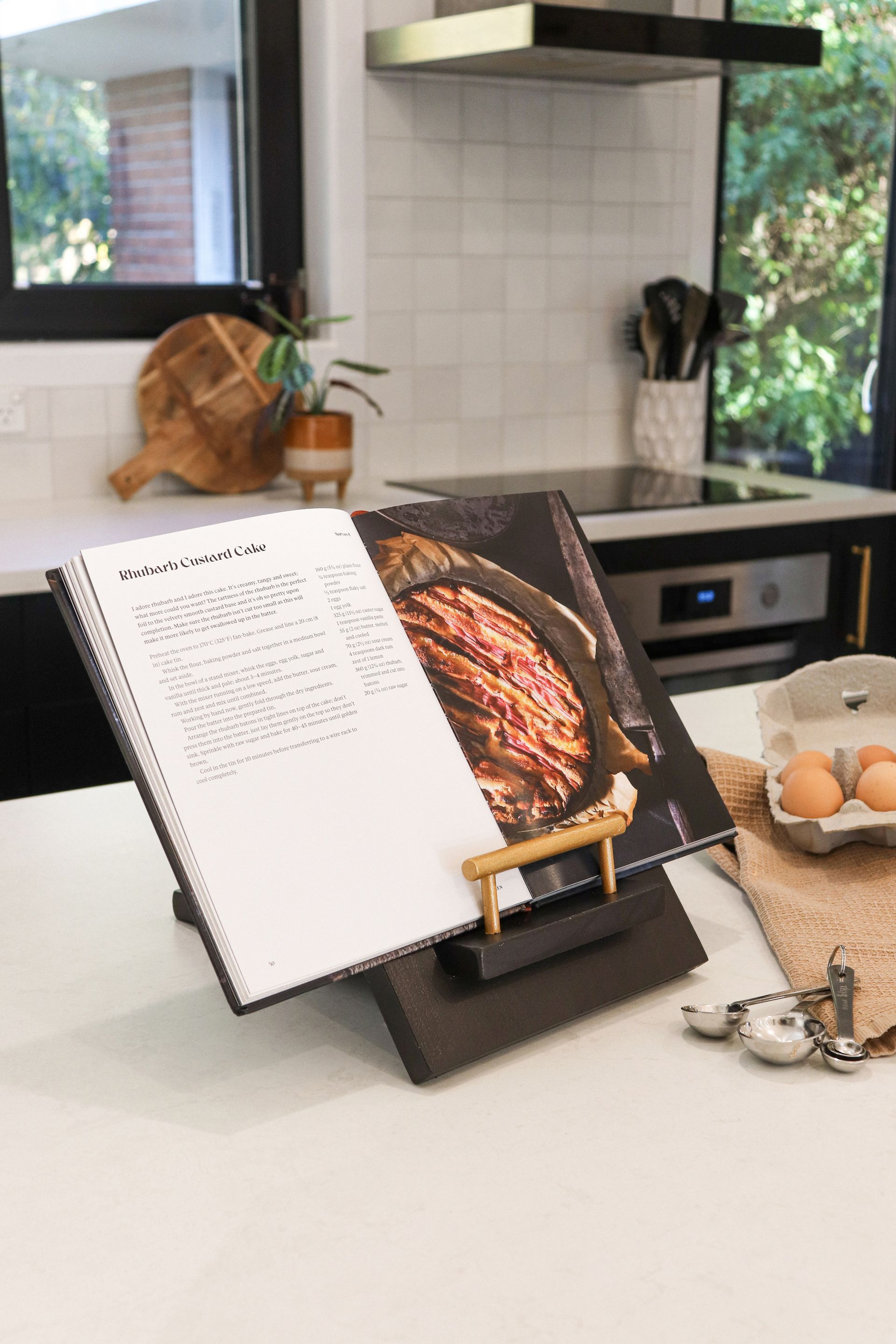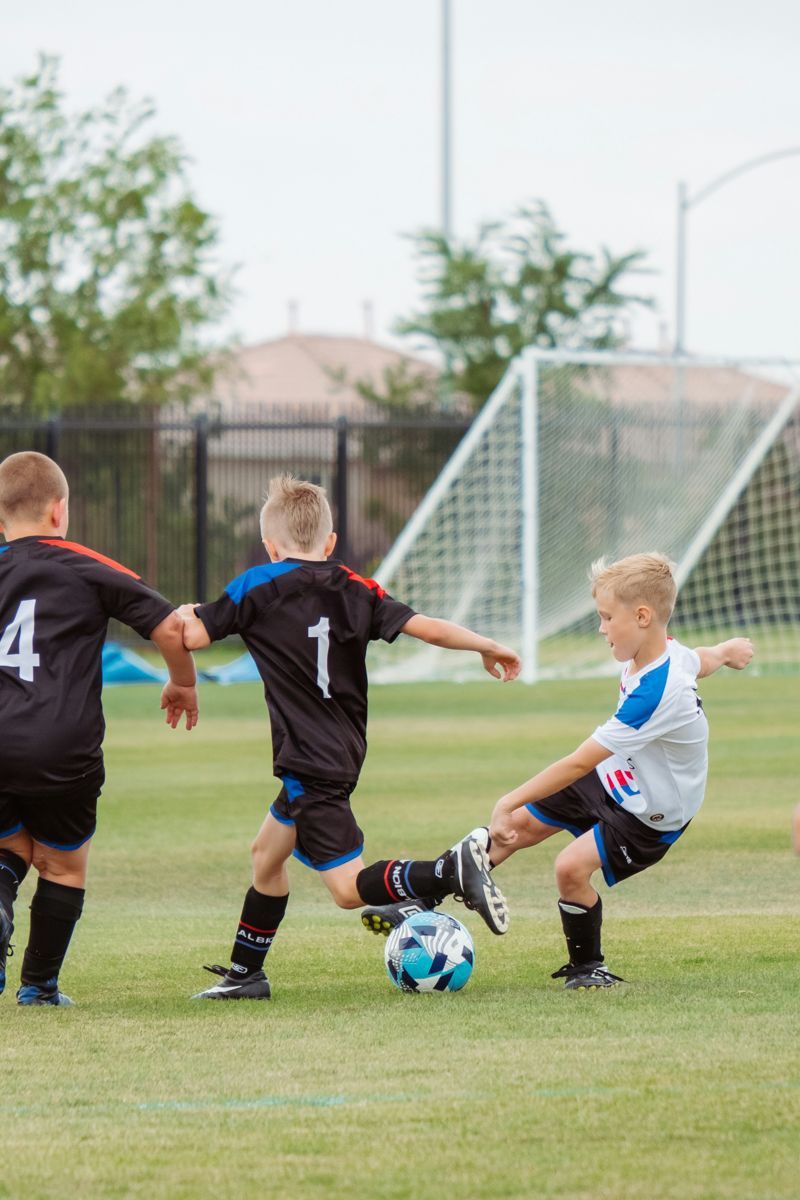Award-winning novelist and Kāi Tahu writer, the late Keri Hulme, spoke of how whakapapa defined her. The Bone People, her first novel, won her international acclaim after receiving the Booker Prize in 1985. Weaving together Māori mythology and European tradition with themes of love and violence, it remains one of this country’s most powerfully unique novels. Her literary legacy will be honoured at WORD Christchurch 2022.
n a 2011 radio interview, Keri Hulme confided that she didn’t think ‘the writing game’ was about being a celebrity. Instead, it was about creating stories and songs that would last. In that sense, she is with us still. As she once observed, ‘you carry your ghosts on your shoulders’.
WORD Christchurch Programme Director Nic Low is looking forward to giving the region’s reading and writing community a chance to celebrate her life, her work, her legacy and her influence at this year’s festival (31 August – 4 September).
‘For so many writers I talk to – and myself included – reading The Bone People was a pivotal experience that opened so many doors in our imagination,’ says Nic. ‘It brought home that you could write a story from and of Aotearoa, from and of Te Waipounamu and the West Coast, and win the Booker. It showed us what was possible. Keri herself was such a unique person, providing an inspiration for writers to resist the temptation to create what they thought would be popular or fashionable instead of trusting their own instincts.’
As well as celebrating Keri’s work, Nic says this year’s festival will acknowledge those who shared her journey, such as the Spiral Collective that published The Bone People after mainstream publishers had rejected it or demanded major edits.
Primarily, Keri wrote the book for her whānau, never imagining that it would gain a global readership. It is fitting, then, that her whānau will be a part of this special tribute at WORD Christchurch. ‘We’re all very pleased that this is happening,’ says Keri’s nephew Matthew Salmons. ‘Keri was my auntie and part of our whānau; her impact on the literary world and New Zealand literature was never the focus for us. Since her death last year, a lot of people have said really moving things about her and her impact on them. By inspiring other writers, Keri has given us this opportunity to discover something about her that we knew about but didn’t fully understand. To be invited to come along and share in this other world of hers is very exciting and will be quite emotional for us as well.’
Matt and his cousin Anna Hulme plan to read some of her unpublished early work at WORD. ‘It will be something that is personalised to us and with a connection to Moeraki, which is important to us as whānau.’
Visits to Keri’s home in Ōkārito were always eagerly anticipated and Matt also credits Keri with reconnecting her whānau with their Kāi Tahu roots and whenua. ‘If it had not been for her tireless efforts in pulling us back, I think we would have lost it completely. Instead, thanks to her, our whakapapa Māori has become part of us and is very special for all of us.’
Alongside Keri’s whānau and friends, writers who have been inspired by her will be presenting new work commissioned in response to her writing. ‘It will be a conversation between writers,’ says Nic. ‘We’ve asked each writer to choose and share a passage of hers that they love and write a piece in response to that. It will be a tapestry of voices reflecting different aspects of her work and life.’
Last year’s WORD Christchurch festival was Nic’s first and proved to be a trial by fire, thanks to the uncertainties around Covid and changing alert levels. With so much rescheduling, he says it was like having to organise seven festivals in one year. Technology was harnessed to beam in writers from around the world and the show did go on, albeit with smaller numbers to be Covid-compliant.
A new addition to the team for this year’s event is Kiran Dass, signing on as programme manager. Nic is delighted to be working alongside Kiran, who brings vast experience as a book reviewer and book seller to the role. ‘Kiran is very well known in the industry and is a great asset to the WORD team. We’re all hoping for a more normal festival this year but we have learned that hope only goes so far, so there has been a lot of planning behind the scenes to make sure we can deliver. It has been a hard time for the events sector, but our writers need us. With so much strong work coming out, our focus is very much on New Zealand writers. We’re also putting them in conversation with international writers via The Faraway Near, which will be back with an expanded line-up this year. Now the world is opening up we’ll be looking to bring those international guests back in person in a big way in 2023.’
This year’s inspiring line-up seeks to strike a balance between writing that is joyful and imaginative and writing that speaks to the more intense aspects of life. New to the programme is an after-dark tour of Canterbury Museum that will be led by poets from around the country. ‘It’ll showcase the museum and its exhibits as never seen before. Unlike a conventional history tour, this one will be about presenting poetry that speaks to the different exhibits and responds to them in new and strange ways.’
Postponed last year, Te Piki o Tāwhaki/The Ascent of Tāwhiki is set to go ahead this time around in the central atrium at Tūranga and will be a real highlight of the 2022 programme. Tāwhaki’s journey through the heavens in his search to obtain knowledge is a narrative depicted throughout Tūranga. ‘We will be transforming the central atrium and staircase into a kind of theatre, putting audiences on balconies around the outside and telling the story of Tāwhiki in that space. It’ll be very exciting!’
For event details visit wordchristchurch.co.nz
Recent stories



All Rights Reserved | CountryWide Media

